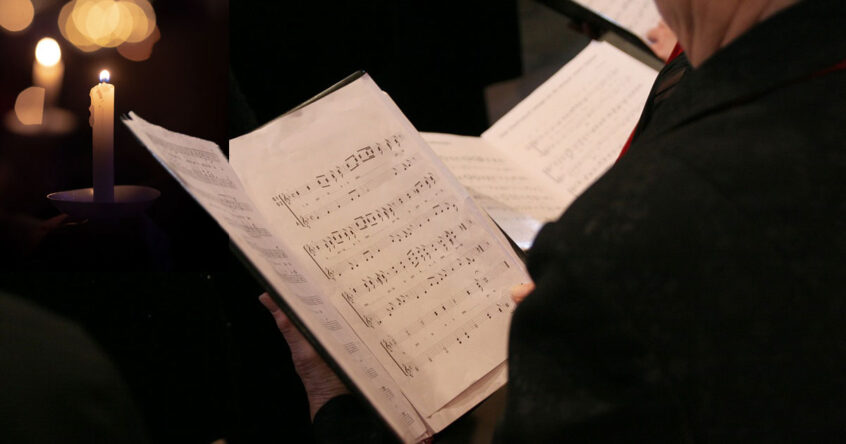The Christmas Novena is a treasured part of Vincentian life. Fr. Carlo Antonio Vacchetta (1665-1747, an Italian Vincentian living in Turin) either composed or revised it to encourage the Marchesa of Caluso’s piety… The Marchesa must have appreciated the novena, since at her death she bequeathed her fortune to the Vincentians, further stipulating that 5000 lire be set aside for its annual celebration… The novena’s traditional form is: invitatory, prophecies, canticle, lesson, hymn, antiphons for the Magnificat, Magnificat, and collect and dismissal.
When the first Vincentians came to America in 1816, they undoubtedly brought the Christmas Novena with them… The music of the novena, apparently going back to Vacchetta himself, was generally sung in unison, in one voice. It underwent revisions in the twentieth century, beginning when Professor Matthew P. Becker, a faculty member of Kenrick Seminary in Saint Louis, prepared a four-part version for men’s voices.
[After Vatican II], several other versions appeared both in Italy and in the United States, adapting the distinctive parts of the novena to a more liturgical style. This revised novena was held in the vernacular, usually shortened musically, but lengthened with biblical readings.
For more information and the full text, see this article from the Vincentian Heritage Journal.
Enjoy this video of The Prophecies from the Vincentian Christmas Novena, sung at St. Vincent De Paul Church in St. Louis, Missouri in December 2011.


